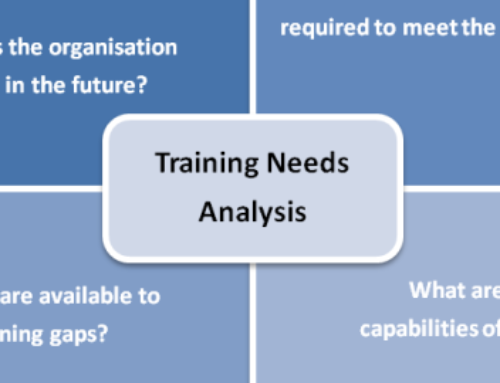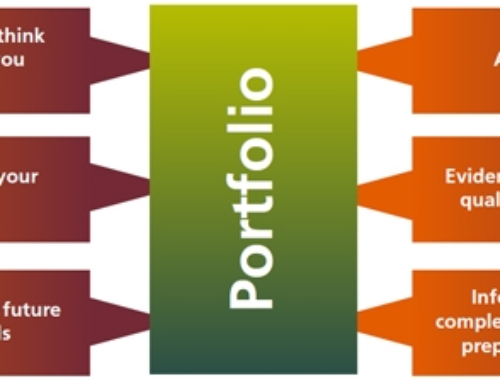Design A Captivating eLearning
As is often the case, business needs and timescales for deployment outweigh considerations of enjoyment and entertainment. Sadly, this is a short-sighted approach and will ultimately impact your ROI, for as we all know, we are better able to retain information if it is relevant, engaging and exciting (see Thorndike’s “Principles of Learning”). So how do we achieve this within our eLearning so that we can design a captivating eLearning experience?
- Show, don’t tell.
What’s the difference between news coverage of a crime and a dramatization of that same event in Crimewatch? The same information may be imparted, but instead of a list of dry facts and statements you get to see that same event from the human perspective. This makes the story come alive, making it more memorable and interesting; which in turn makes it more effective in getting across the facts. That bank robbery that took place at 2 o’clock on a Wednesday evening in Bagshot Lane is now a visceral experience filled with characters, victims, and consequences. So make your learning come alive through the use of scenarios whether they’re video, text, or comic book style. - Add humor.
Okay, so we’re not asking you to be the next Russell Howard, but injecting a little light humor into your course can enhance your learning. By showing the human element, you are transferring one of the best aspects of good face-to-face training to the screen. It increases the learner’s connection to the content and creates an element of surprise that will get people talking after the course. Obviously don’t get too carried away here, or you’ll risk diverting your learners’ attention from the main focus of the learning. - Gamify your interactions.
Gamification of eLearning has been a buzz word for a little while now, but that’s not to say that, like yesterday’s news, it should be discarded. Bringing in elements that activate the brain’s reward mechanism (such as competition and viewable scoreboards, collecting achievements, challenges, and story-telling) incentivizes the learner and makes for stickier and more fun and captivating eLearning. - Personalization.
All of us enjoy those personality quizzes that tell us a little bit about ourselves – one glance at the majority of Facebook feeds shows how viral these types of Buzzfeed questionnaires can get. Everything from “What gender is your brain?” to “What movie character would you be?” are covered in these quizzes. But what if we could take this approach and put it to good use? We could then use this mechanism to allow learners to hold a mirror to their preconceptions about certain subject matters and offer a personalized learning plan. A good example of this could be a short diagnostic quiz to ascertain which unconscious bias your learner is most prone to. Or even, to diagnose what types of situations trigger a stress in the workplace event, accompanied by personalized tips for overcoming this problem. The course then becomes something that the learner can engage with knowing they have a genuinely useful tool that has uncovered a little more about them than they realized.
This post was first published on eLearning Industry.





